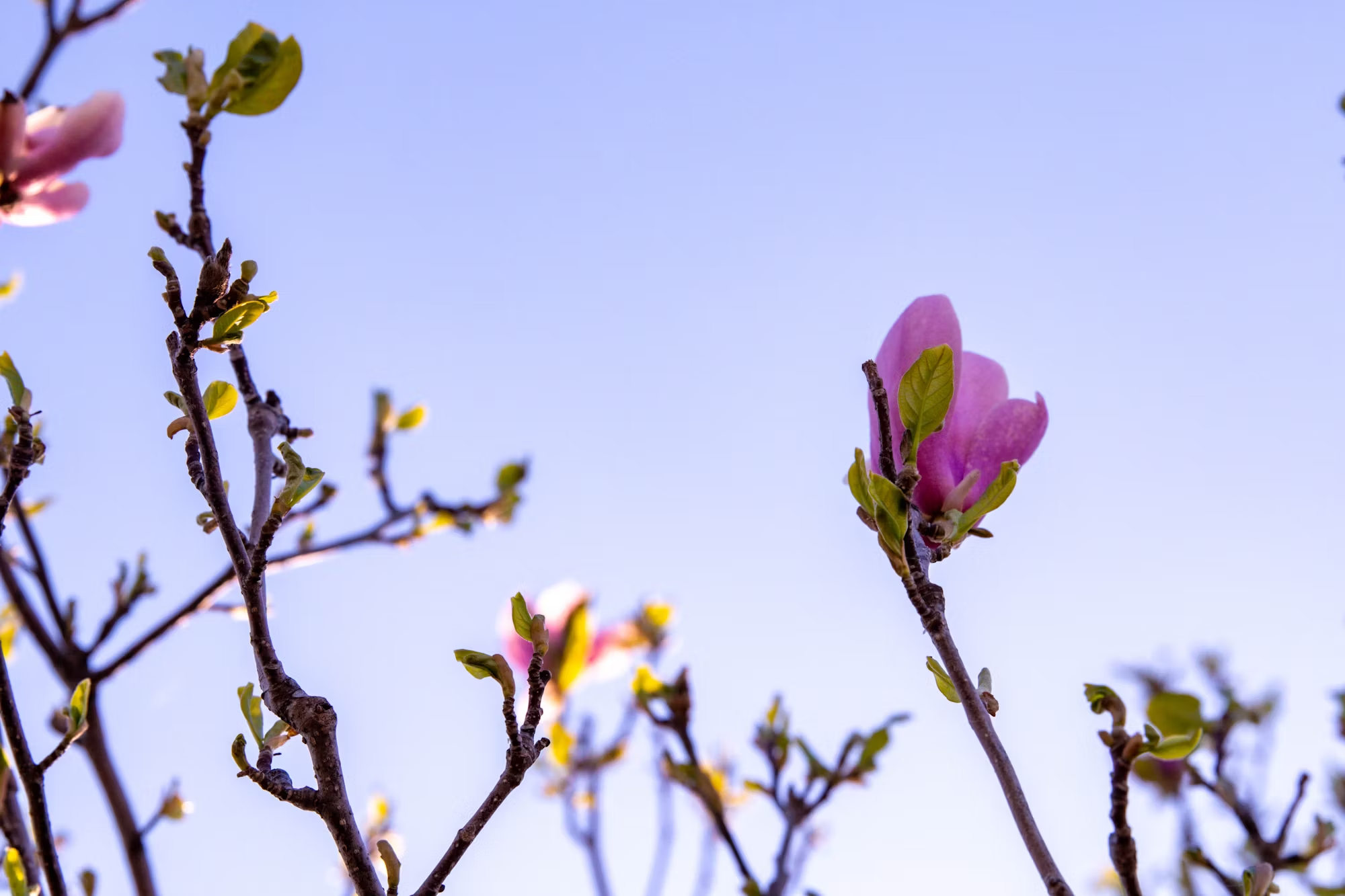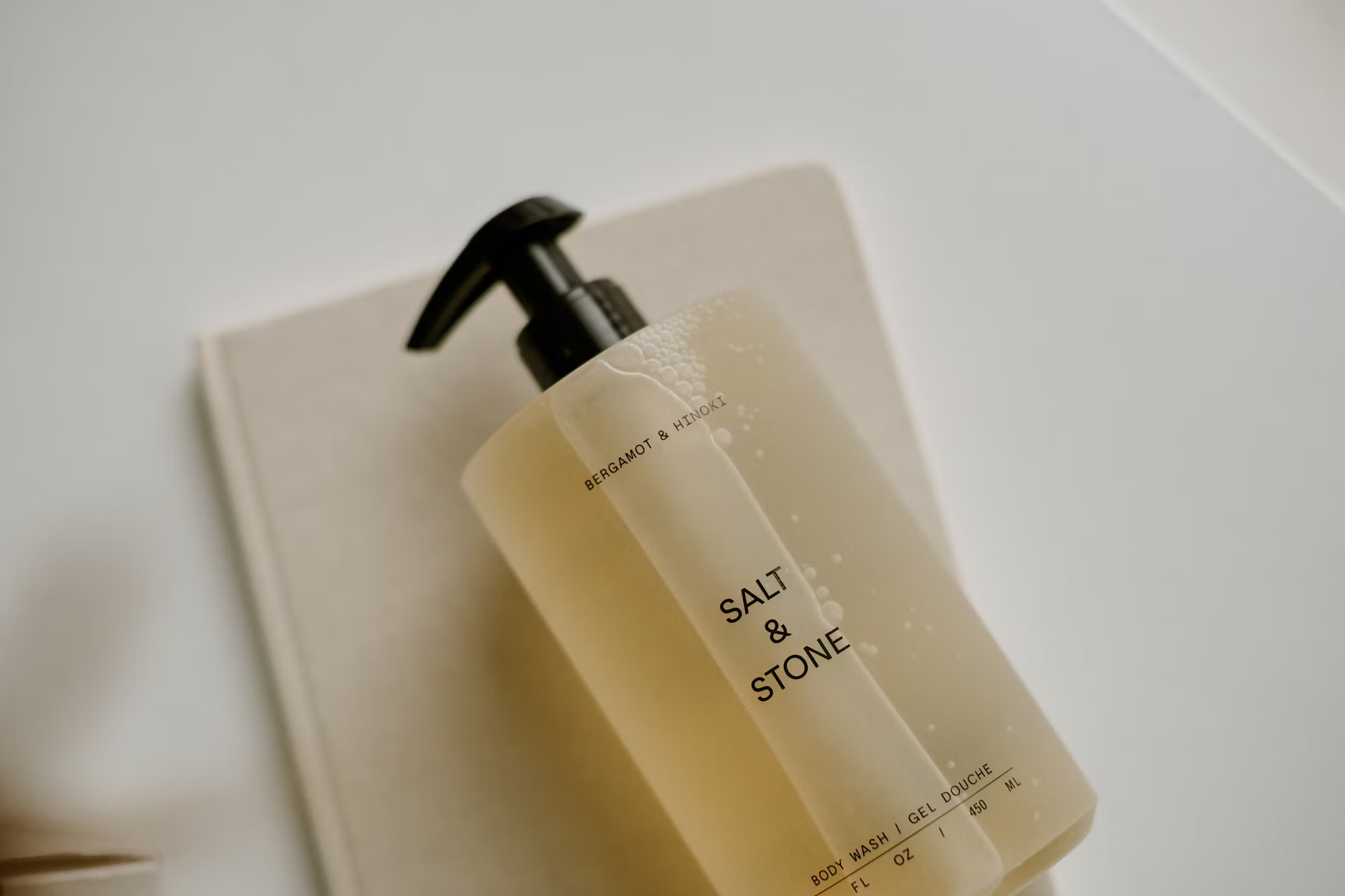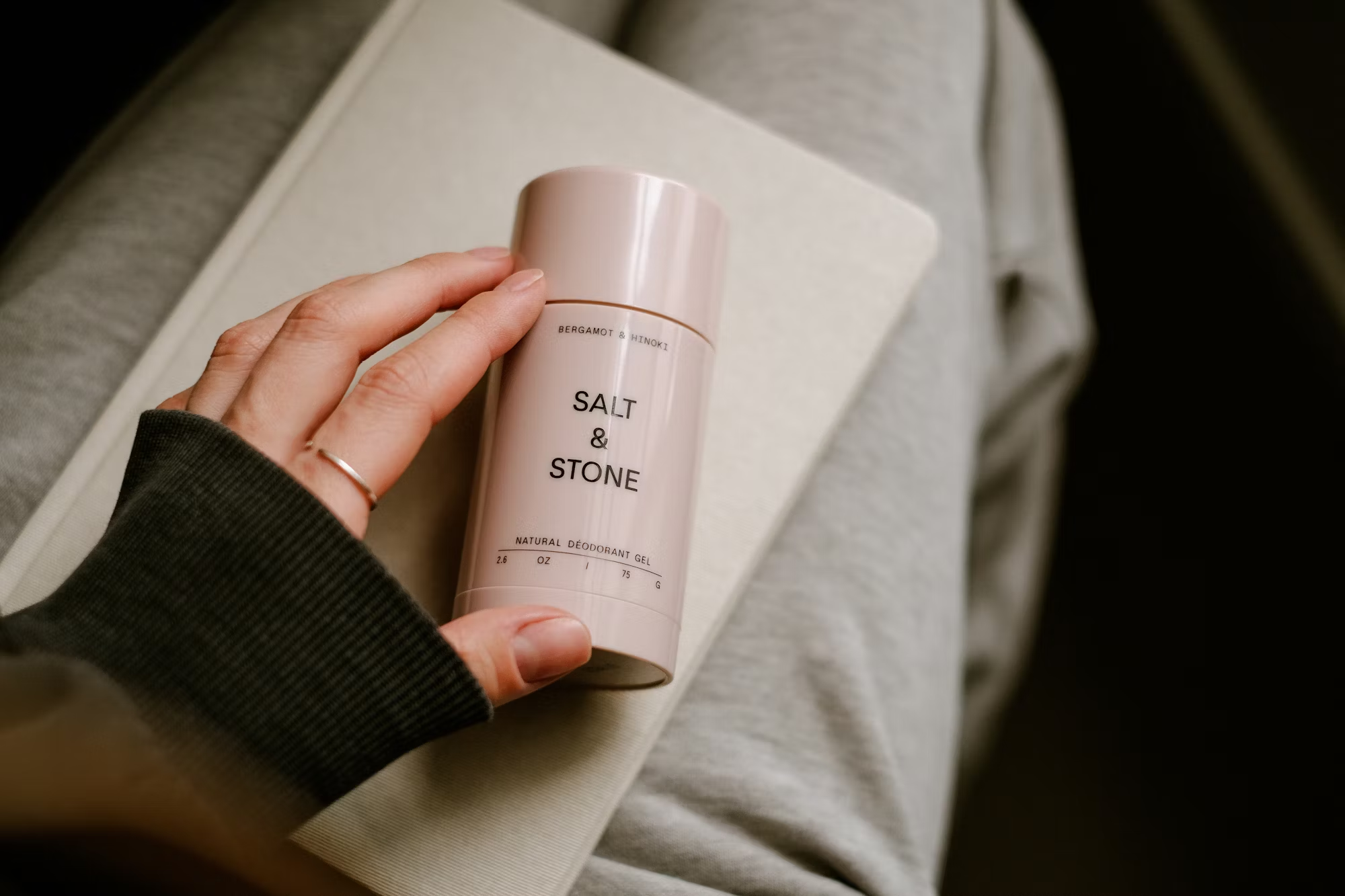
Edible flowers have captivated chefs and home cooks alike, adding not just visual appeal but also unique flavors to dishes. From vibrant nasturtiums to delicate violets, the use of flowers in the culinary world is a delightful trend that celebrates nature’s beauty and creativity in cooking. This article explores the fascinating realm of edible flowers, including their culinary applications, health benefits, and guidance on growing and using them in your kitchen.\n\nOne of the main attractions of edible flowers is their ability to enhance the aesthetic of a dish. A simple salad or dessert can be transformed with a sprinkle of colorful petals, making it not only more visually appealing but also more enjoyable to eat. Edible flowers can add a pop of color, texture, and a hint of flavor that elevates the overall dining experience.\n\nMany flowers are not only pretty but also packed with flavor. For example, nasturtiums have a peppery taste reminiscent of arugula, making them perfect for salads and garnishes. Similarly, chive blossoms offer a mild onion flavor that can enhance everything from salads to soups. Lavender adds a sweet and fragrant note, often used in desserts and teas. With such a wide variety of options, cooks can get creative with flavor pairings.\n\nBeyond flavor, edible flowers come with an array of health benefits. Many flowers are rich in antioxidants, vitamins, and minerals. For instance, hibiscus is known for its high vitamin C content and is often used in teas that promote hydration and overall wellness. Calendula, often referred to as pot marigold, is known for its anti-inflammatory properties and can be used in salads or as a garnish. Incorporating edible flowers into your meals can provide not only a flavor boost but also a nutritional one.\n\nWhen it comes to incorporating edible flowers into your culinary creations, the possibilities are endless. Flowers can be used in salads, desserts, beverages, and even savory dishes. A simple salad can be transformed with the addition of edible flowers, providing a colorful and fresh presentation. For example, a mixed greens salad topped with edible pansies or marigolds offers not only beauty but also flavor.\n\nIn desserts, edible flowers can be used to make beautiful cake decorations or infused into syrups and jellies. Floral flavors, such as lavender or rose, can create unique and fragrant confections. Ice cubes made with edible flowers can also add a touch of elegance to beverages, perfect for summer parties or special occasions.\n\nBeverages are another area where edible flowers can shine. Floral teas, like chamomile or hibiscus, are delightful and refreshing. Cocktails adorned with flowers are not only Instagram-worthy but also provide interesting flavor profiles. Lavender lemonade, for instance, combines the sweetness of lemon with the floral notes of lavender, creating a refreshing drink that’s perfect for warm weather.\n\nGrowing your own edible flowers can be a rewarding experience. Many flowers are easy to grow in home gardens or even in containers on balconies or patios. Popular choices for edible flowers include nasturtiums, pansies, violets, and marigolds. These flowers often thrive in sunny locations with well-drained soil, making them ideal for beginner gardeners.\n\nWhen growing edible flowers, it’s crucial to avoid using pesticides or chemical fertilizers, as these can be harmful. Organic gardening practices not only ensure the safety of the flowers but also promote a healthier ecosystem. Many flowers are also self-seeding, meaning they will come back year after year with minimal maintenance.\n\nWhen harvesting edible flowers, it’s important to pick them at the right time. Flowers should be collected in the morning after the dew has dried but before the heat of the day sets in. This timing helps ensure the flowers are fresh and flavorful. It’s advisable to only harvest what you need, allowing the plants to continue producing throughout the season.\n\nWhile most flowers are safe to eat, it’s essential to properly identify them before consumption. Some flowers can be toxic, so it’s crucial to source flowers from reputable sources or grow your own. When purchasing edible flowers, look for those labeled specifically for culinary use. Always wash flowers thoroughly before using them to remove any dirt or insects.\n\nEdible flowers are also a fantastic way to engage children in the kitchen. Teaching kids about the various flowers that can be eaten introduces them to gardening and cooking in a fun and interactive way. They can help with planting, harvesting, and even creating their own edible flower dishes.\n\nIncorporating edible flowers into your cooking can be an adventure that sparks creativity and exploration. As you experiment with different flowers, you’ll discover new flavor combinations and presentation ideas that can impress your family and friends. Creating beautiful, flower-filled dishes is not just about taste but also about appreciating the artistry of food.\n\nIn conclusion, the world of edible flowers offers endless possibilities for enhancing your culinary experience. From adding vibrant colors to dishes to providing unique flavors and health benefits, these flowers deserve a place in every kitchen. Whether you’re growing your own or exploring local markets, embracing edible flowers can lead to delicious discoveries and delightful dining experiences. So why not start experimenting with these floral wonders in your next meal?





